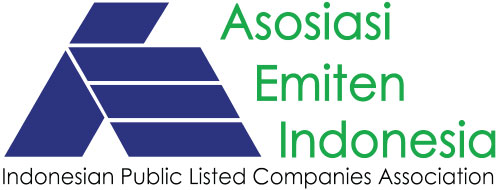
Introduction to Social Life Cycle Assessment (S-LCA)
What is Social Life Cycle Assessment (S-LCA)?
The Social Life Cycle Assessment (S-LCA) is a methodology used to evaluate and measure the social impacts of a product, service, or process throughout its life cycle, from raw material extraction to the end-of-life stage. Unlike the conventional Life Cycle Assessment (LCA), which focuses more on environmental impacts, S-LCA focuses on the social and economic aspects that affect relevant stakeholders such as workers, local communities, consumers, and governments.
Why is S-LCA Important?
With the growing awareness of sustainability, S-LCA has become an essential tool for companies to understand the social impact of their products and services. It helps organizations to:
- Improve social performance and stakeholder welfare.
- Ensure that their products and services are not only environmentally friendly but also have a positive social impact.
- Support better and more transparent decision-making related to sustainable business practices.
- Meet Environmental, Social, and Governance (ESG) and corporate social responsibility requirements.
Differences Between S-LCA and Conventional LCA
Main Focus: Traditional LCA focuses on environmental impacts, such as carbon emissions and energy usage, while S-LCA focuses on social impacts, such as working conditions and human rights.
Data Approach: S-LCA uses a combination of quantitative (numerical data) and qualitative (narrative, interviews, or surveys) data to provide a comprehensive picture of social impacts.
Stakeholders: S-LCA considers a wide range of stakeholders, including workers, local communities, and consumers, whereas conventional LCA focuses more on material and energy flows.
Aspects and Indicators in S-LCA
S-LCA assesses various social aspects, including:
Health and safety of workers: Ensuring a safe and comfortable work environment.
Human rights: Addressing issues such as workers' rights, child labor, and forced labor.
Fair wages and working hours: Evaluating whether workers receive fair wages and reasonable working hours.
Community empowerment and participation: Assessing how companies interact with and contribute to the well-being of local communities.
Each of these aspects can be measured through relevant social indicators, such as workplace injury rates, training opportunities, and impact on the local economy.
Steps in Conducting S-LCA
- Setting Goals and Scope: Defining what the S-LCA study aims to achieve and which product or service will be analyzed.
- Data Collection: Gathering primary and secondary data related to social impacts throughout the product life cycle.
- Social Impact Assessment: Assessing social impacts based on the established categories, such as workers' rights or community development.
- Result Interpretation: Interpreting the collected data to identify areas for improvement and opportunities to enhance social performance.
Benefits of Using S-LCA
Improved Company Reputation: Companies that implement S-LCA demonstrate a commitment to sustainability and social responsibility, enhancing their positive image among consumers and investors.
Better Decision-Making: By understanding social impacts, companies can make more informed decisions about supply chains, production, and marketing.
Identification of Social Risks: S-LCA helps identify potential social risks in the supply chain, such as forced labor or poor working conditions, allowing preventive measures to be taken early.
Example of S-LCA Application
A textile company can use S-LCA to assess the social impact of its production processes, such as ensuring that factory workers have safe working conditions and receive fair wages. This way, the company can identify areas for improvement and take steps to enhance workers' well-being.
Conclusion
S-LCA is an essential tool to ensure that products and services are not only environmentally sustainable but also socially sustainable. Through this approach, organizations can ensure that they contribute positively to society, the environment, and the economy as a whole.




 Back to Home
Back to Home







